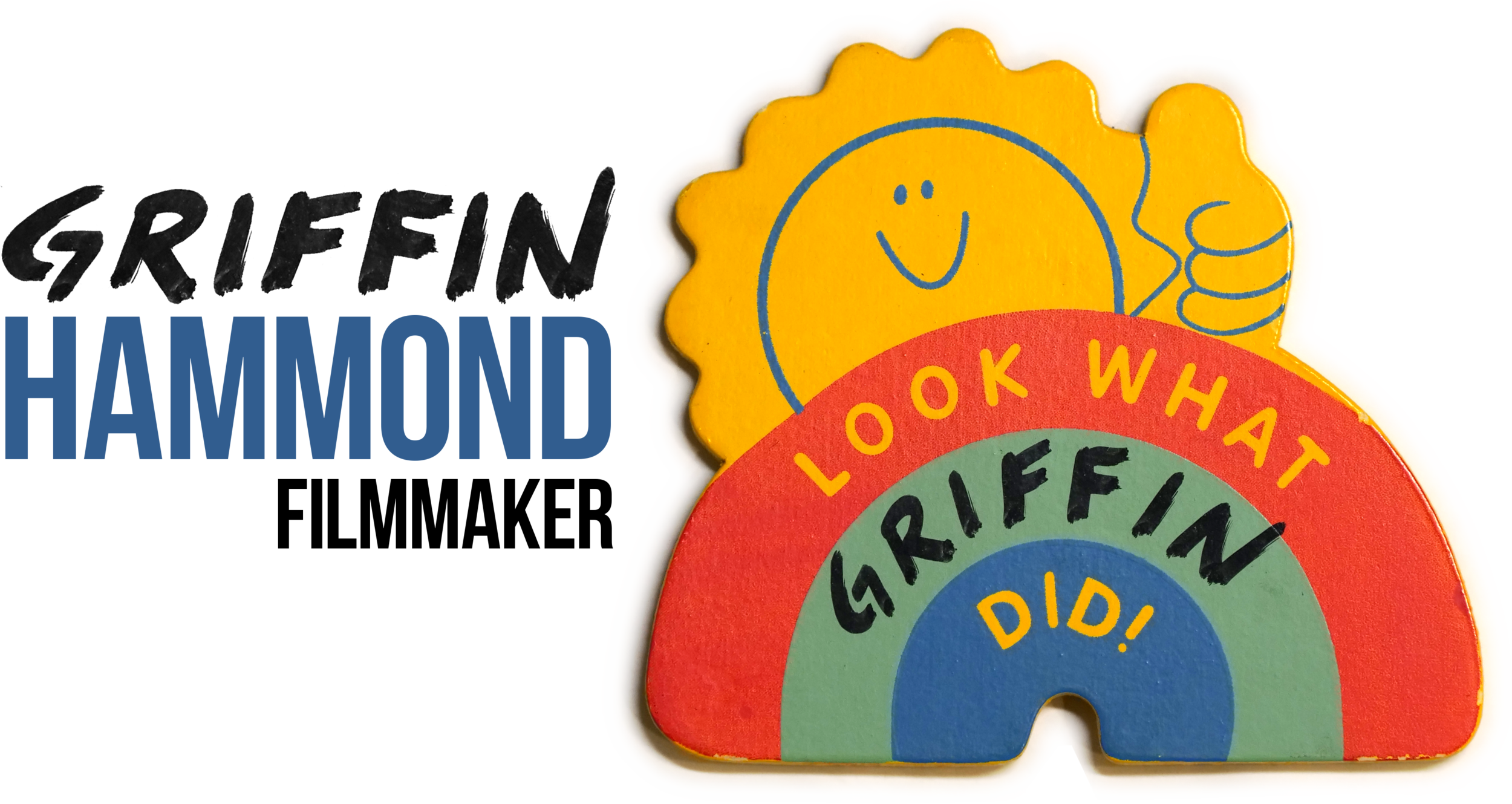How Freelancers Can Build Retirement Savings
How Freelancers Can Build Retirement Savings
For self-employed freelancers – who don’t have access to an employer-sponsored 401(k) – is a SEP IRA the best option to save for retirement? Nick and Griffin share their savings strategies, and explain why a SEP IRA (Simplified Employee Pension) might not be necessary for many freelancers.
Let’s first acknowledge the economic obstacles that block many U.S. workers from saving.
I break down these numbers in a 3-minute film for The Recount.
One in four non-retired adults have nothing saved for retirement (U.S. Federal Reserve)
In 1979, 97% of private-sector workers had employer-provided health insurance. Today, only 48%. (U.S. Bureau of Labor Statistics)
Median net worth for Amercians under 35 is $13,900. Median income for that age group is $48,600. (Survey of Consumer Finances)
That doesn’t leave room for saving the 15% financial experts recommend.
If you ARE fortunate to earn enough to save for retirement, these are commonly recommended benchmarks:
By age 30, have 1x your annual pay saved.
(e.g. if your annual salary is $60,000, have saved $60,000 by age 30.)
Age 40, 3x your annual pay.
Age 50, 6x your annual pay.
Age 60, 8x your annual pay.
Age 67, 10x your annual pay.
SEP. Self-employed plan? Self-employed profit? No—”simplified employee pension”
A SEP IRA is a great retirement savings option if you’re a freelancer—it’s what Griffin has used over the years—but if you or your spouse have access to a 401(k), you may find it’s an unnecessary hassle. (That you could achieve your annual savings goal through 401(k) and IRA instead.) Let me explain—
Griffin’s priority list for retirement savings:
First priority—Get the free money:
If you or your spouse is eligible for company match on 401(k) contributions, consider maxing out those contributions in every calendar year. The 2021 maximum is $19,500. Hit that first, then worry about other retirement accounts.Second priority—emergency savings:
Assuming you don't have any high-interest outstanding credit card debt to pay off first—set aside an appropriate amount of emergency savings. Many advisors say 6 months of income, or 6 months of expenses.Third priority—$6,000 IRAs:
Fund an IRA (individual retirement account) up to $6,000 annually, two accounts if you’re married. These can be tax-deferred (Traditional) or tax-free growth (Roth). Because of the tax benefit—like a 401(k)—these retirement accounts are the priority before making straight-up taxable investments.Fourth priority—SEP:
SEP IRA has the same tax benefit as a 401(k) or IRA, but because it’s complicated to calculate how much you’re allowed to contribute, it should be lowest-priority. Meaning you’d have to max out $25,500 in annual savings (401k + IRA) before even worrying about funding a SEP IRA (which can be roughly 25% of your self-employed profit).Fifth priority—Taxable investments:
Only if you have an incredible savings year or have an unexpected windfall—after you’ve maxed out 401(k), IRA and a SEP IRA in a given year—then you could open a regular, taxable investment account, and save any extra there. These are post-tax dollars invested, and when you withdraw them, you pay tax on the growth profit. Good thing about this account: you can withdraw before retirement age without penalty.
Here are some of the financial products Nick and Griffin rely on:
Free net-worth-tracking tool—Personal Capital
A useful tool for tracking your retirement savings progress, that also offers some paid robo-investing and wealth management products. Griffin and Nick each recommend the free tool to monitor the health of your savings and investments over time, if you’re willing to receive the occasional sales calls from the company.
*Sign up through Griffin’s referral link to receive a $20 Amazon gift card.Low-fee digital investing—Betterment or Wealthfront
Griffin uses Betterment. Nick uses Wealthfront. Each allows the ability to open various investment and retirement savings accounts, IRAs, SEP IRAs, taxable accounts, etc. Just deposit your savings, and their robo-investing diversifies your money globally, so you benefit from stock market growth while reducing volatility/risk.
*To waive the 0.25% fee on your first $5,000 invested, sign up through Griffin’s Betterment referral link or Nick’s Wealthfront referral link.Track freelance expenses and income—Quickbooks Self-Employed
It’s how Griffin tracks his freelance expenses and income throughout the tax year.
*50% off through Griffin’s referral link.Nick recommends the financial lessons in “I Will Teach You to Be Rich” by Ramit Sethi, and the online budgeting tool YNAB / You Need A Budget [34-day free trial].
Hey Indie Filmmakers is brought to you by Squarespace. Go to squarespace.com/griffin to save 10% off your first purchase of a website or domain.
